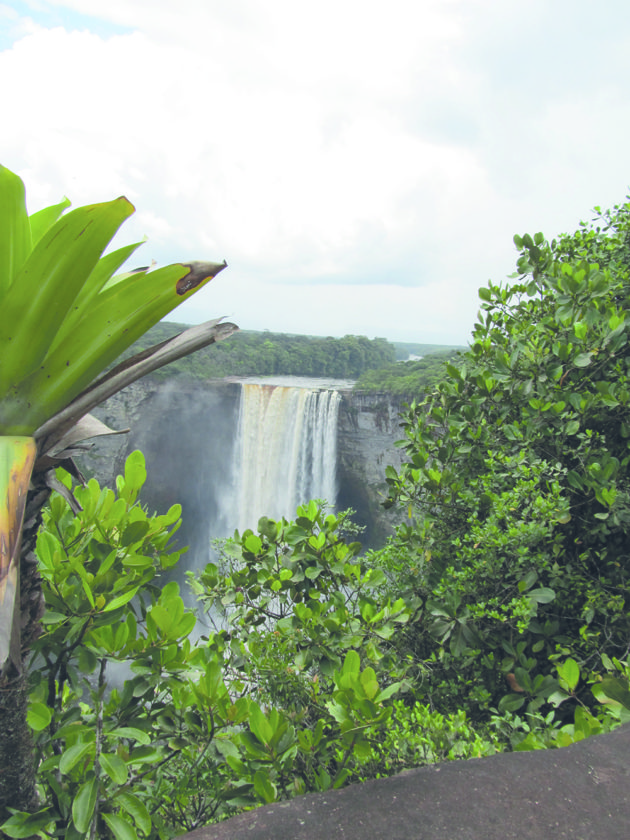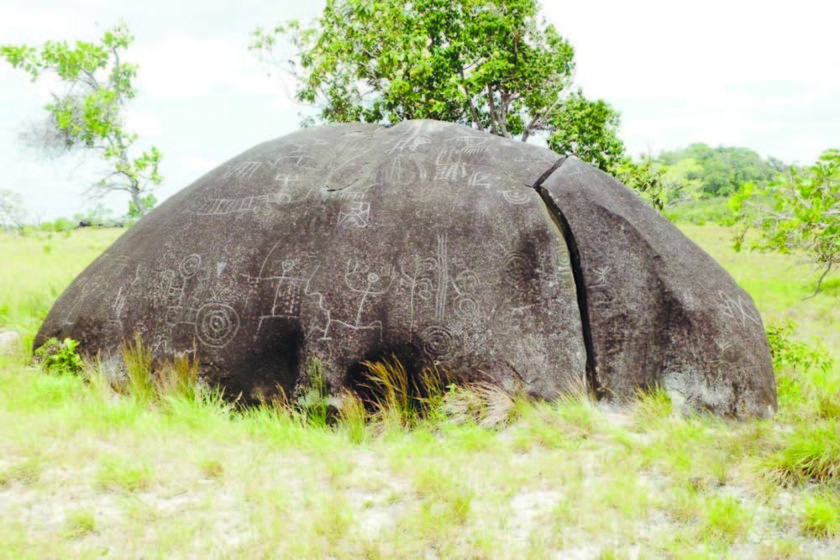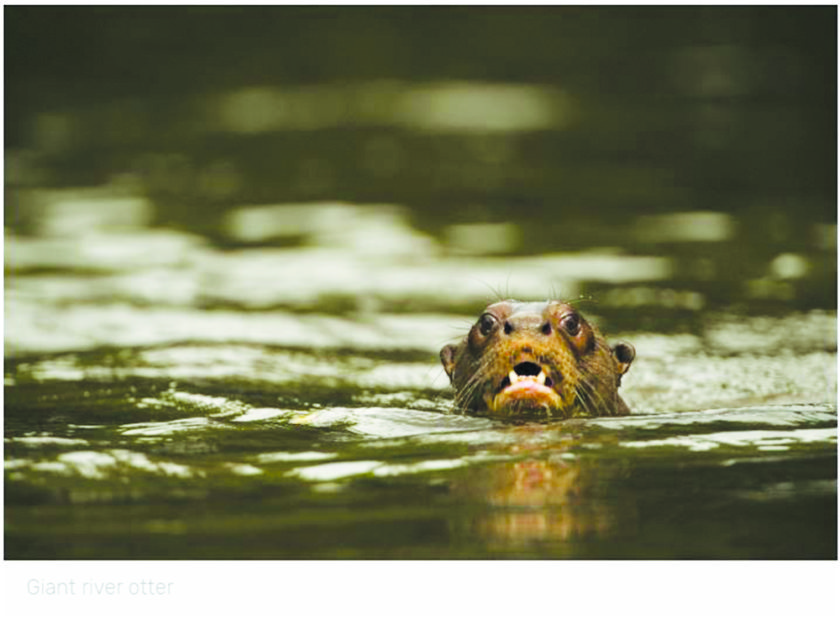The Rupununi Savannah, which is characterised by flat grasslands and mountainous terrains, is located in Guyana, between the Rupununi River and the Brazilian border, in the Upper Takutu-Upper Essequibo region.
The savannah, an extraordinary natural area in southern Guyana, is teeming with wildlife, including 500 bird species; 1,500 different plant species; more than 400 species of fish; 120 species of snakes, lizards and frogs; 105 mammal species including the elusive jaguar, which roams the hills and mountains while the Harpy Eagle flies overhead.
Three of Guyana’s Amerindian tribes, Wapishana, Wai Wai and the Macushi, inhabit the Rupununi Savannah areas in several Amerindian villages dotted throughout, as well as many ranches worked by vaqueros (cowboys), some of whom are descendants of 19th century Scottish settlers.

The main town is Lethem, located beside the Takutu River, the border with Brazil.
North Rupununi wetland is the largest wetland found in Guyana. This wetland covers 22,000 hectares of flooded savannah and forest. The North Rupununi wetland is dominated by the Rupununi, Rewa and Essequibo Rivers. The wetland includes over 750 lakes, ponds and water inlets. More than 400 species of fish, the highest diversity of fishes in the world for areas of similar size, are found in the Rupununi wetlands. This area is also home to some of the world’s endangered giants – the arapaima (largest fresh water fish), the giant river otter ( largest of the 13 otter species), the black caiman (world’s largest of subfamily Alligatorinae), giant river turtles, the harpy eagle ( largest bird of prey), the jaguar (largest cat in South America) and hundreds of other flora and fauna.

The Rupununi Wetlands plays a very important role in the lives of more than 5,000 indigenous people of Guyana. The rivers and waterways found in the wetlands act as a source of drinking water and a main transportation route for the people living in the Rupununi.
The vegetation found in the wetlands are used by the indigenous tribes to make crafts, traditional medicine, houses, and sometimes food. (www.guyana-tourism.com)




